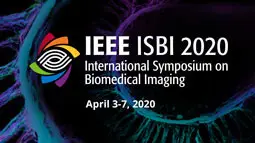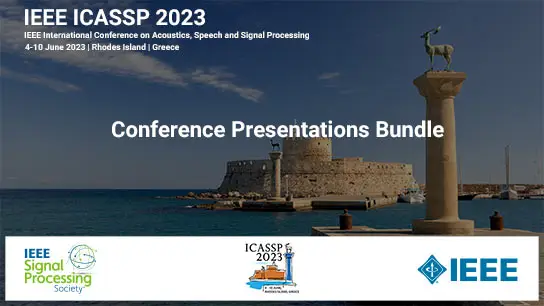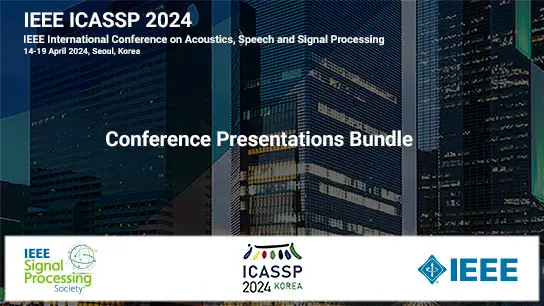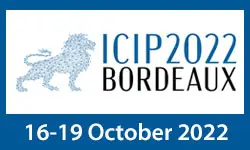Regularized Kurtosis Imaging and Its Comparison with Regularized Log Spectral Difference and Regularized Nakagami Imaging for Microwave Hyperthermia Hotspot Monitoring
AliArshad Kothawala, Divya Baskaran Baskaran, Kavitha Arunachalam, Arun Kumar Thittai
-
Members: FreeSPS
IEEE Members: $11.00
Non-members: $15.00Length: 14:00
03 Apr 2020
Microwave hyperthermia makes use of microwaves to deliver heat to biological tissues. Real time temperature monitoring during treatment is important for efficacy and effectiveness of the treatment. Non-invasive methods such as CT, MR and ultrasound (US) have been actively researched for use in hyperthermia monitoring. US has inherent advantages of real-time imaging, portability and non-ionizing nature. It is also known from the literature that acoustic properties of tissue are sensitive to temperature and this has been harnessed to track the evolution of hotspot and temperature in high temperature zones encountered in ablation treatments. However, their usage in low temperature zones typically observed in hyperthermia appears to be less explored. This study introduces an improved method of regularized Kurtosis imaging (RKI) and compares its performance against regularized log spectral difference (RLSD) and regularized Nakagami imaging methods. The performance of these methods is compared against the ground truth estimated from IR thermal images in an experimental study on tissue-mimicking PAG-agar based phantoms. The error in the area estimated by RKI was 10.6%. The error in the lateral and axial co-ordinate of the centroid was 5.92 % and 0.47%, respectively. The structural similarity index was 0.82 for RKI when compared with RLSD and RNI having score of 0.76 and 0.72, respectively. The results are promising and offer an alternative way to track the hotspot during microwave hyperthermia treatment.



